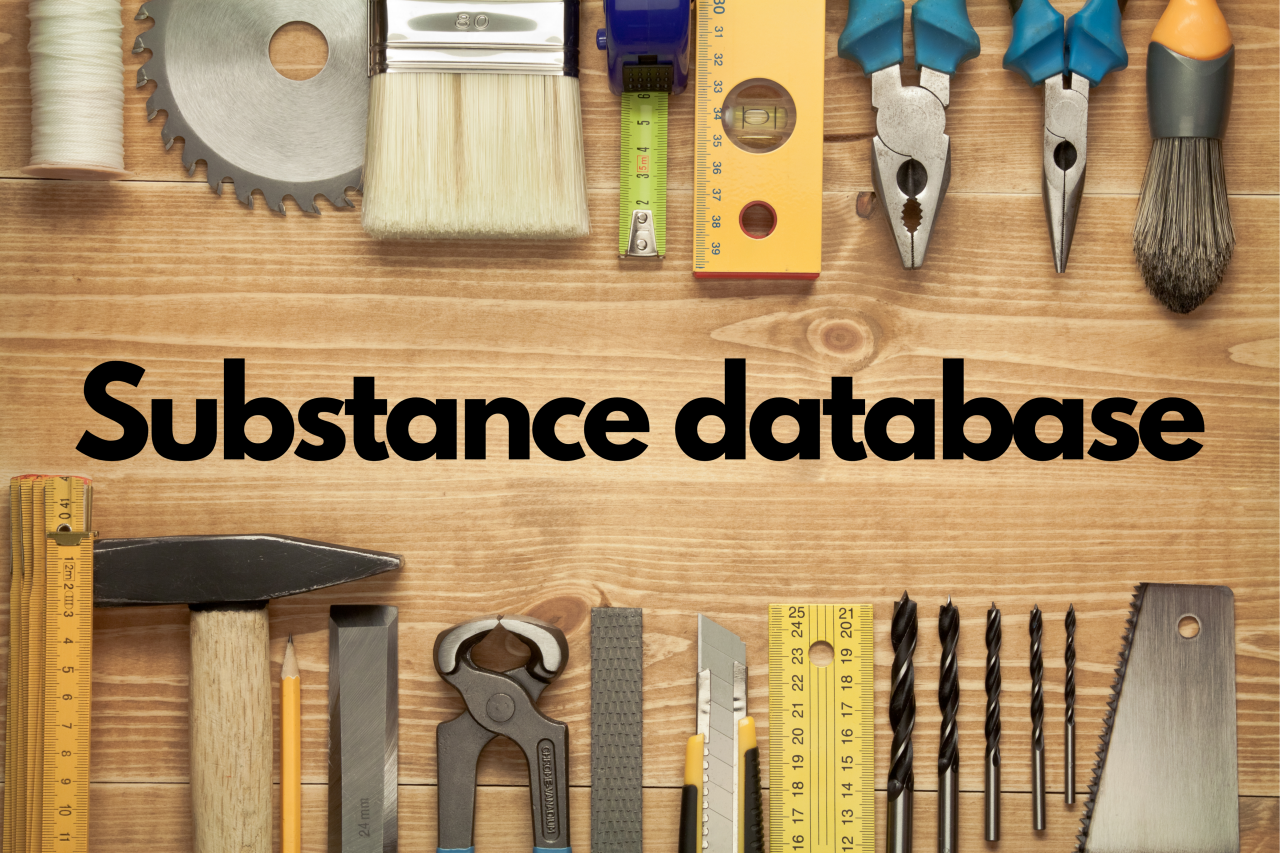
Are you trying to identify zones in your HPTLC chromatogram? The HPTLC Association has the right tool for you.
By Débora Frommenwiler
The HPTLC Association just released its new Substance Database. Check out this tool and find out what kind of information you can get from it.
What happens if you are looking at the HPTLC chromatogram of an herbal drug and wonder what that purple zone might be? You could run an analysis with a couple of standards and, if you are experienced and lucky, find one with the same RF value, color, and UV spectrum as that purple zone you are curious about. Or you could check the literature and, if you are lucky again, find a publication listing some substances discovered in that herbal drug. You choose a couple of them (if available), run an analysis, and compare the RF values, color, and UV spectrum. There is also the possibility to check compendial methods for clues. Of course, there is always the option of trying to identify the zone by sophisticated MS experiments, or extracting the zone and running NMR…
All those options sound like a lot of extra work and maybe expensive and may come up a couple of times in a year in your lab.
So how does this sound: In partnership with Extrasynthese the HPTLC Association is developing a new Substance Database as a convenient tool to help with identification, as a free service to the general public after registration.
This collection will include substances from different classes of compounds, analyzed with different developing solvents and derivatization reagents, and will not be limited only to herbal drugs. The data set for each substance includes:
- the images in different detection modes;
- the peak profiles from images (PPI) and scanning densitometry (PPSD);
- UV spectra before and after derivatization.
The user can download all data in pdf format or download the corresponding comparison file (requires visionCATS software). The advantage of having the comparison file is that all substances of a specific class of compounds in a specific developing solvent can be visualized side by side and be directly compared with the sample. Currently, the first data set for iridoids is available on the website, but we are working on expanding the collection.
For further information and a tutorial visit our page: https://www.hptlc-association.org/substance_database.cfm. Do not forget that you need to be registered on the Association website to access that tab. For registration, click on this link: https://www.hptlc-association.org/methods/login.cfm?command=register
Comments
Leave a comment